The PW100/PW150 engine family is the benchmark for low fuel consumption on routes of 350 miles or less. That means they consume 25% to 40% less fuel than similar-sized regional jets. Our engines are also compatible with synthetic aviation fuel (SAF). Airlines and governments count on the reliability and versatility of our engines to fly in many challenging environments.
No other engine family for the regional market delivers higher propulsion at takeoff and climb when it comes to powering short-haul, regional aircraft.
We have built our reputation on the reliability of our engines. The PW150A engine, for example, has a dispatch availability of more than 99.96%. Our PW100/PW150 engines have four times more flying hours than our nearest competitor.
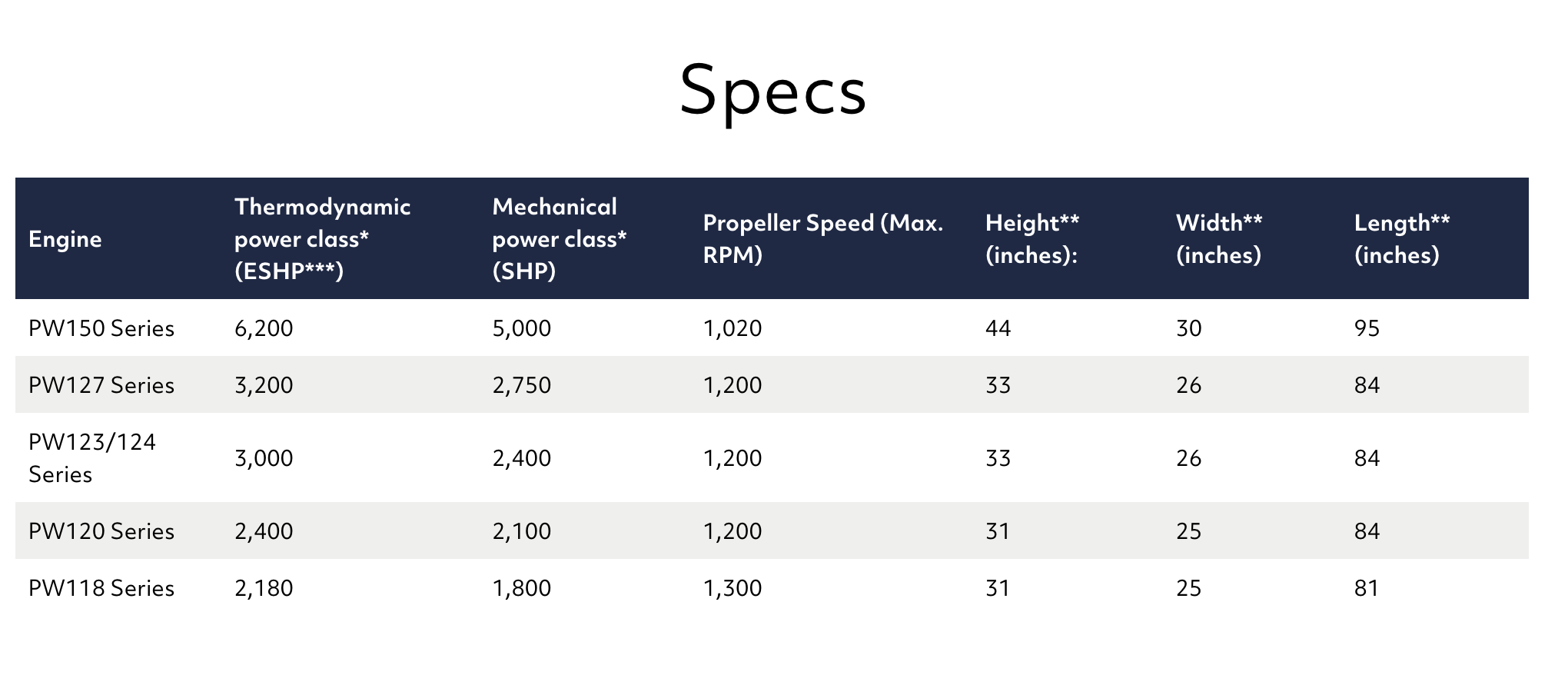
Yes, we retrofit legacy systems (e.g., GE Frame 5, Siemens V94.2) with modern digital controllers, typically completing hardware integration within 4-8 weeks. Software migration requires additional validation time.
We recommend annual performance testing under ISO 3977-2 standards. Critical applications (e.g., offshore platforms) may require semi-annual tests with emissions compliance checks.
All rad-hard devices (e.g., FPGA, ADC) are QML Class V certified under MIL-PRF-38535 and tested to MIL-STD-883 Method 1019 for SEU tolerance. Full qualification reports are available upon request.
Our ASICs and power management ICs operate across -55°C to +175°C ambient temperatures, with derating curves provided in military temperature range (MTR) datasheets.
Our PMA parts (e.g., actuators, sensors) hold FAA/EASA Form 1 certification and match OEM form/fit/function. Installation requires SB/MB documentation per FAA AC 23.1529.
All NAS/MS fasteners include full DNA traceability: melt source (AMS 2301), heat/lot numbers, and AS9100-compliant MTRs with ultrasonic test reports.
AOG orders ship within 4 hours for stocked items (FAA-PMA, EASA Part 21G). Non-stock critical parts trigger priority manufacturing with 72-hour max turnaround.
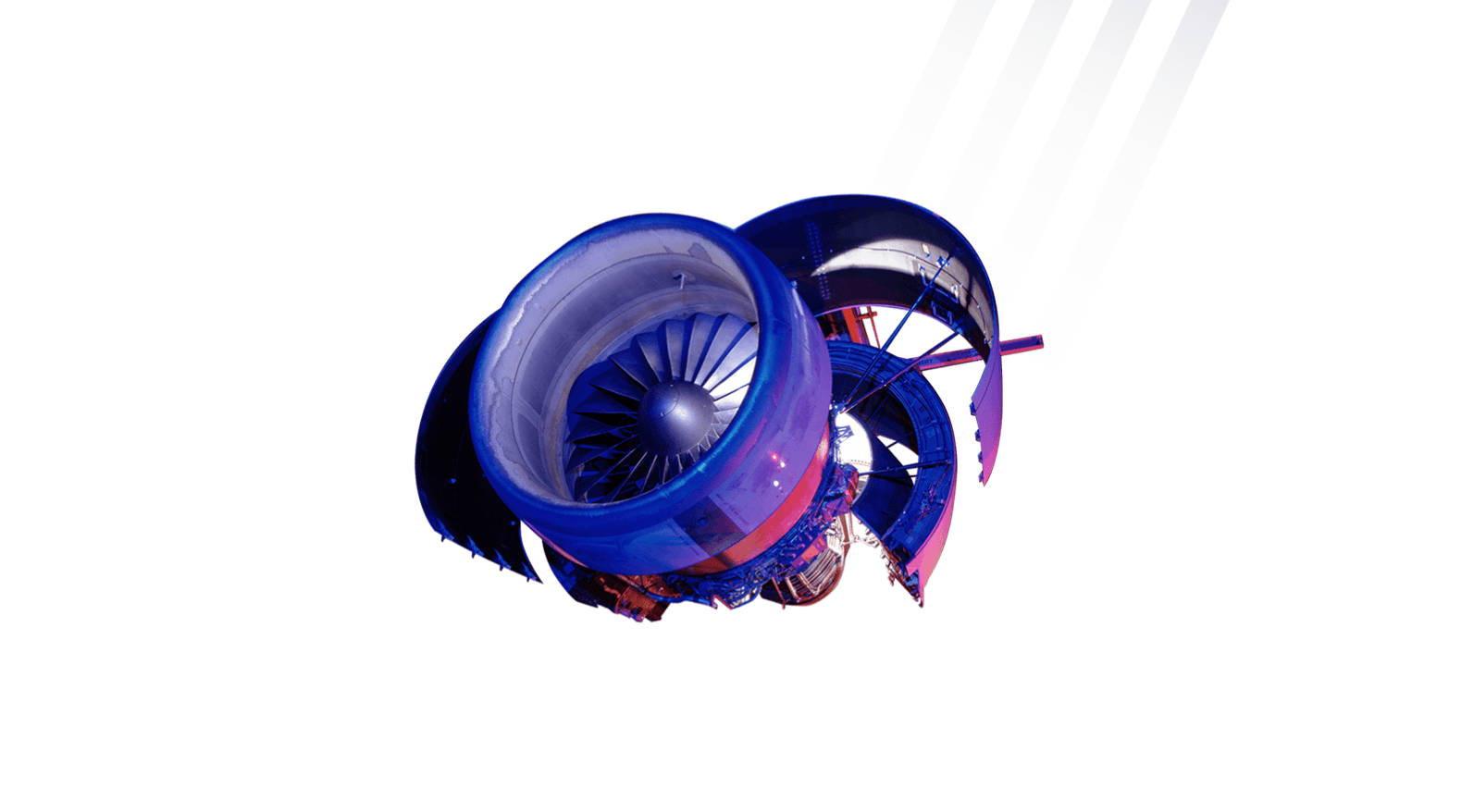
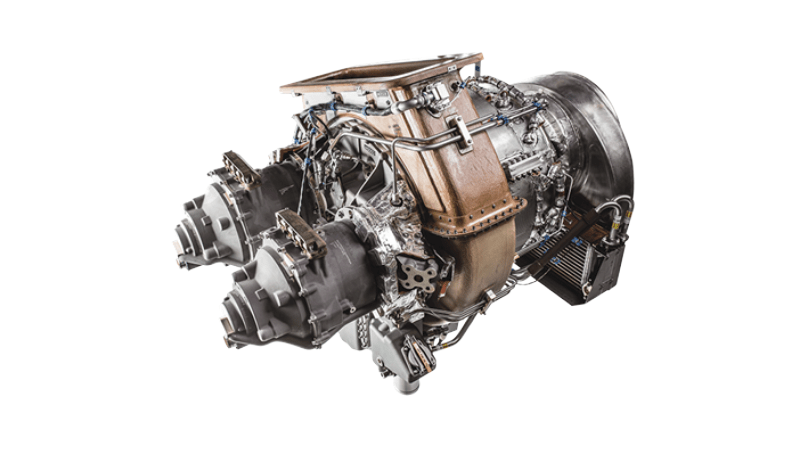
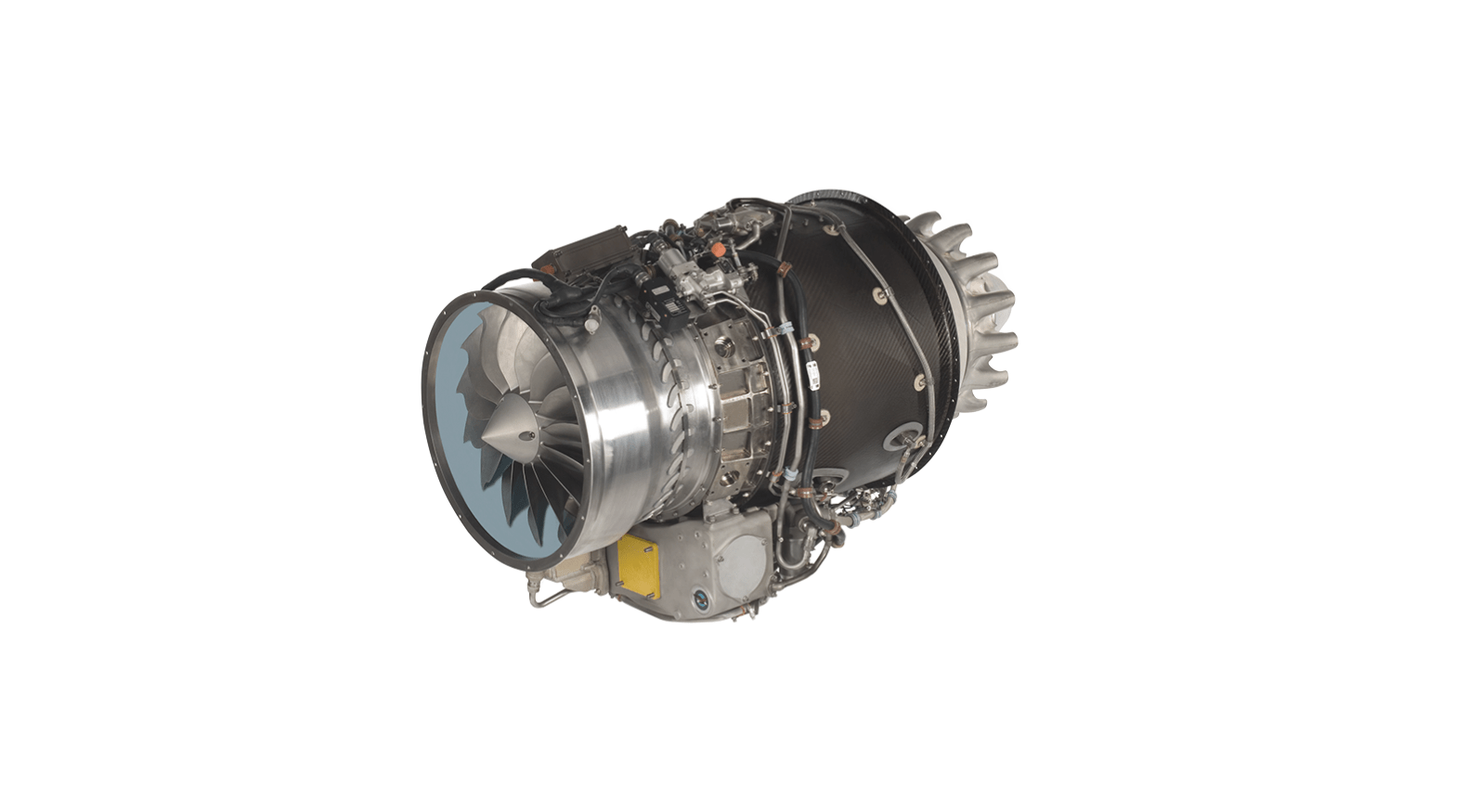

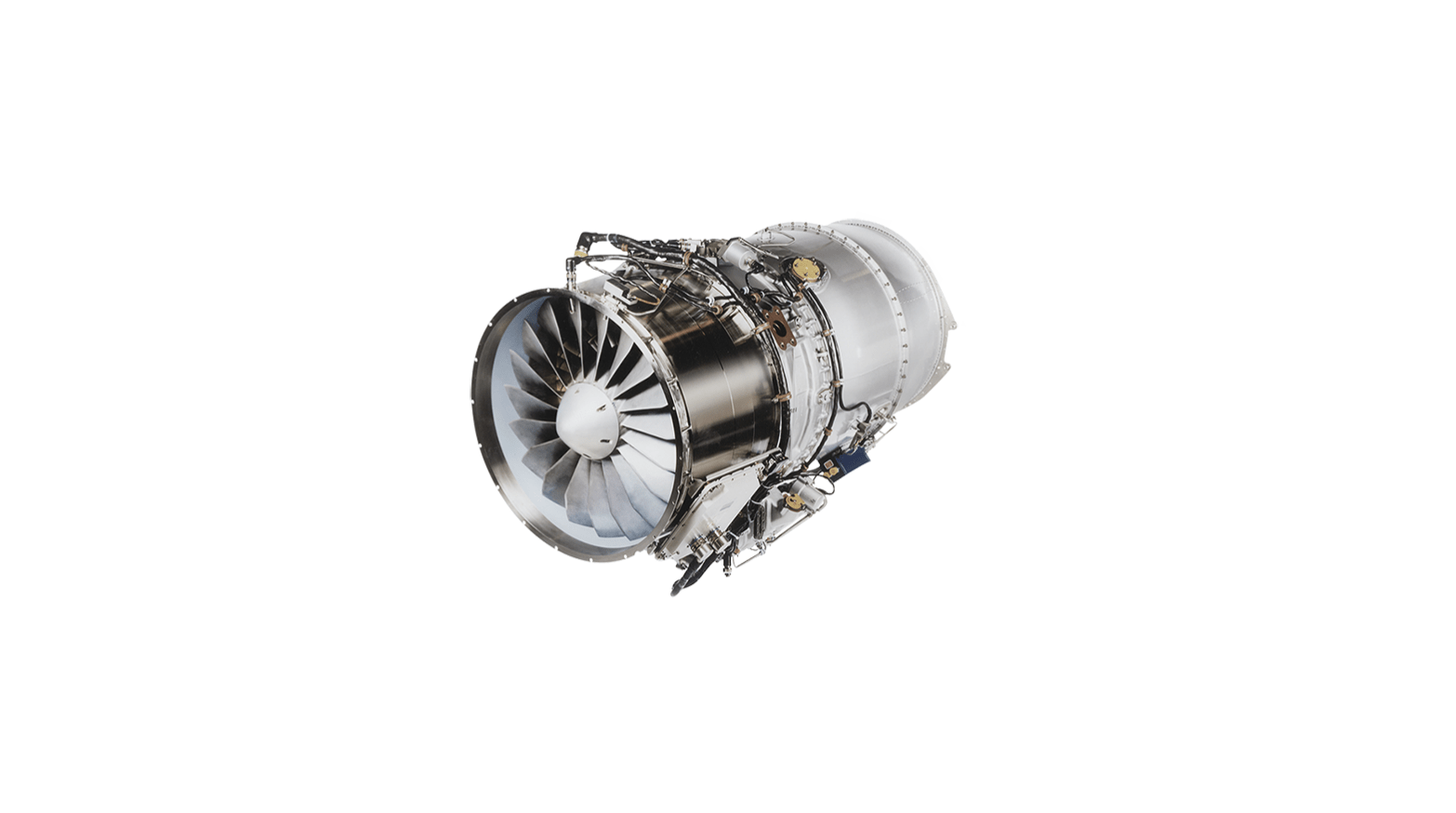
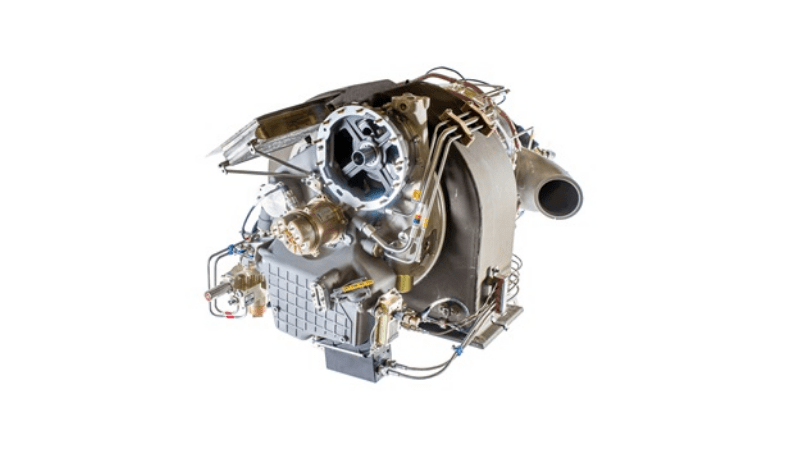
 Gas Turbine
Gas Turbine
 Aircraft parts
Aircraft parts